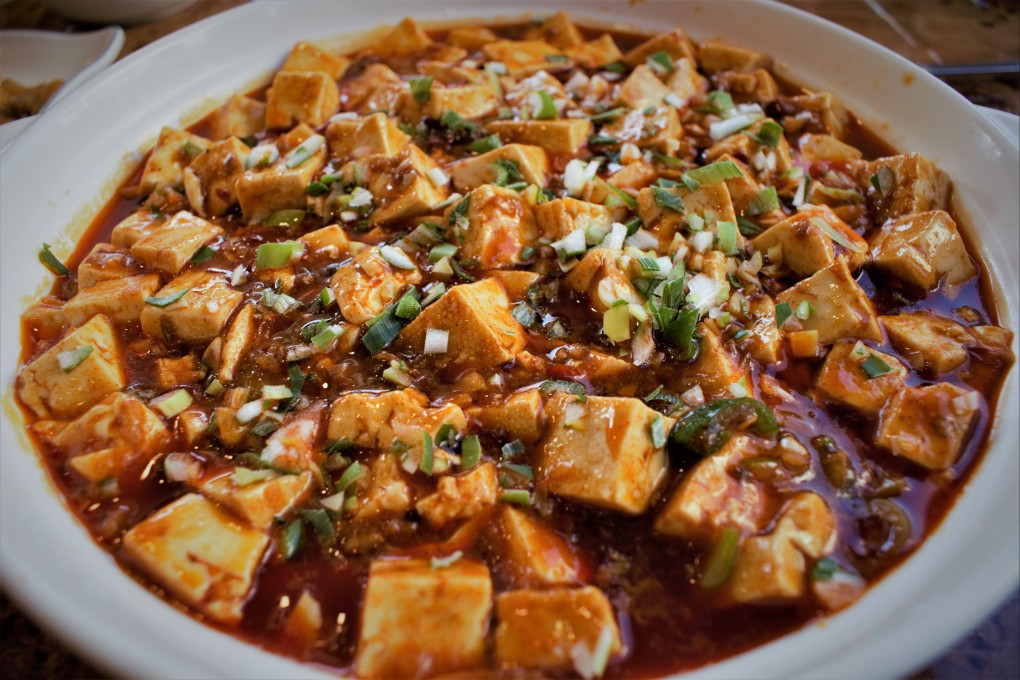Why China has so many different regional cuisines – geography, climate variation, distance, localised crops and livestock
- The late Post journalist Kevin Sinclair, a New Zealander, uses the introduction to China The Beautiful Cookbook to explain why the country’s food is so varied
- The book includes recipes both simple and complicated, from meatballs to lamb skewers, stuffed oxtail and Beijing duck

Many long-time Hong Kong residents will recognise the name of the person who wrote the text for China The Beautiful Cookbook (1986): Kevin Sinclair, a New Zealand journalist, worked in the territory for many years, including at the South China Morning Post. He died in 2007.
This is one in a series of oversized The Beautiful cookbooks that cover specific countries or areas, including France, Tuscany, in Italy, Australia, Thailand, Asia, the Mediterranean and Mexico.
In the introduction, Sinclair points out that the myriad flavours of the many regional cuisines of China are determined in part by geography, which dictates what ingredients can be raised or grown there.
He writes: “Any cuisine is limited by the raw ingredients that are available. In the case of China, the range is virtually boundless. The country is vast, twice as large as Europe excluding Russia, bigger than the United States including Alaska and Hawaii, a quarter as huge again as Australia. Into this gigantic land are crowded more than a billion people […]

“This huge landscape has dictated the scores of regional cuisines that have developed in China over the centuries. Although the country produces every delicacy under the sun, much of the grain, vegetables and livestock is available only in the locality where it is produced. Even today, with vast improvements in communications and transport, what goes into the family pot tends to be that which is grown or raised nearby.
